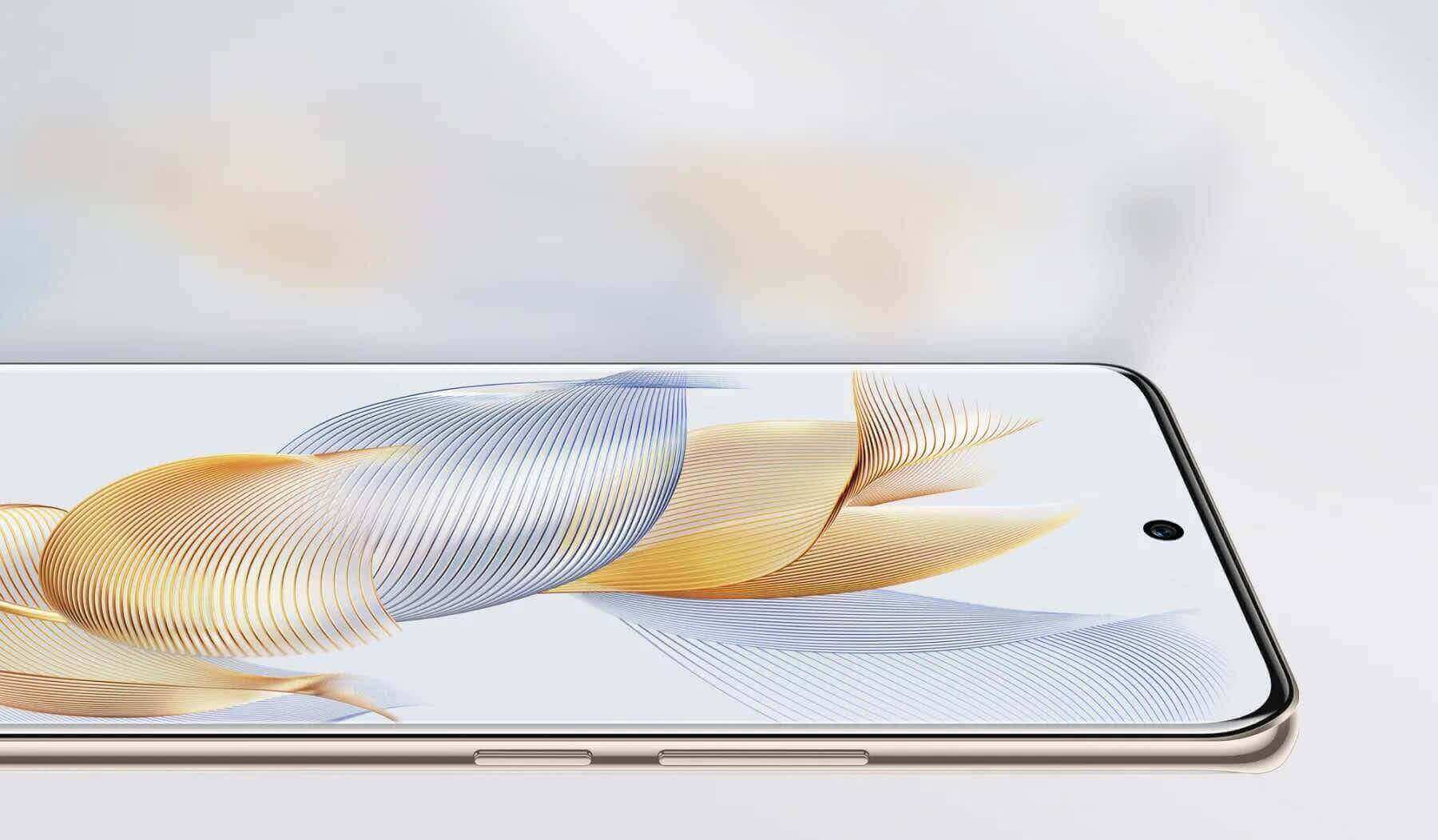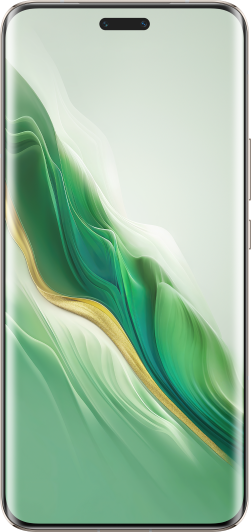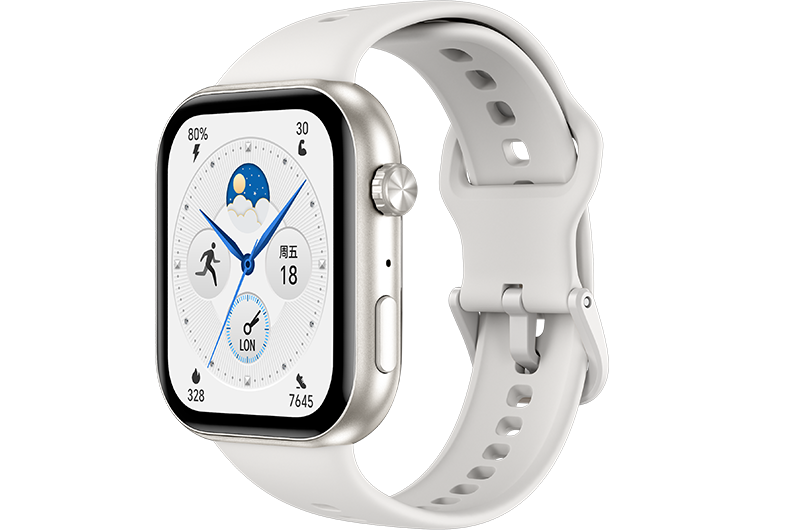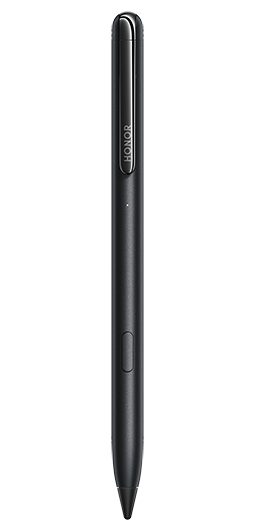TOP

我的荣耀 开启荣耀之旅
To log in to your account, you must first agree to the HONOR PLATFORM TERMS OF USE and HONOR Platform Privacy Statement . If you do not agree, you may only browse the site as a guest.
*You can unsubscribe at any time, Please see our Privacy Statement for details.

What Is Refresh Rate on Phone - A Comprehensive Guide
Getting the best phone experience means understanding all of the features that come along with it–including the refresh rate. Refresh rate isn't an often talked about feature, yet it still affects how you interact with your device on a day-to-day basis. In this blog post, we'll explore what is refresh rate on a phone, its pros and cons when it comes to purchasing devices with high refresh rates, and finally, whether or not you should buy a phone with one. Read ahead for everything you need to know!
What Is Refresh Rate on a Phone?

Consider your smartphone's display as a canvas that constantly morphs to present information, images, and videos. Now, the speed at which this canvas refreshes is determined by its refresh rate. Let's break down this intricate dance of pixels and frames to unravel the veil of what is a refresh rate on a phone.
The Basics: Hertz and Frames
The refresh rate is quantified in hertz, a unit that denotes cycles per second. In the context of smartphones, it measures how many times the display refreshes every second. Imagine a scenario where each refresh is like flipping through a stack of individual frames, with each frame representing a snapshot of content on your screen.
A 60Hz display, for instance, refreshes 60 times per second, while a 120Hz display accomplishes this feat at a faster pace—120 times per second. The higher the refresh rate, the more frequently the screen updates, resulting in smoother visuals and more responsive interactions.
Behind the Scenes: Pixel Choreography
Understanding cell phone refresh rate goes beyond just the numbers; it delves into the intricate choreography of pixels on your phone's display. Rather than refreshing the entire screen at once, the process unfolds row by row. This constant dance of pixels, while imperceptible to the naked eye, is the engine that propels the fluidity and responsiveness of your smartphone's visual experience. It is this orchestration that differentiates a static, less engaging display from one that captivates with its dynamic and lively presentation.
Touch Sample Rate: A Sibling Metric
In the realm of display metrics, touch sample rate shares a familial bond with refresh rate, although they serve distinct purposes. Measured in hertz like its counterpart, touch sample rate determines how often the touchscreen looks for input from the user's finger. A higher touch sample rate equates to less lag between a touch or swipe gesture and the corresponding on-screen action.
This metric holds particular significance in scenarios where swift and precise touch interactions are paramount, such as in gaming. The synergy between refresh rate and touch sample rate contributes to an immersive and responsive touchscreen experience.Pros and Cons of High Refresh Rate Displays

High refresh rate displays, typically referring to screens with refresh rates above the standard 60Hz, have become increasingly popular in various devices such as monitors, TVs, and smartphones. Here are the pros and cons associated with high refresh rate displays:
• Pros of High Refresh Rate Display
1. Smoother Motion: The most noticeable advantage of a high refresh rate display is the smoother motion it provides. Scrolling through content, animations, and transitions appear more fluid and responsive.
2. Improved Gaming Experience: For mobile gaming, a higher refresh rate can enhance the gaming experience by reducing motion blur and making fast-paced action smoother. Many mobile games now support higher refresh rates.
3. Reduced Motion Sickness: Some users experience motion sickness or discomfort when using devices with lower refresh rates. A higher refresh rate can reduce motion blur and make the visual experience more comfortable for these users.
4. Enhanced Responsiveness: The increased refresh rate can contribute to a more responsive feel when interacting with the device, such as swiping, tapping, and dragging.
5. Adaptive Refresh Rates: Many smartphones with high refresh rate displays offer adaptive or variable refresh rates, optimizing the refresh rate based on the content being displayed to balance performance and power consumption.
• Cons of High Refresh Rate Display
1. Battery Life: One of the main drawbacks is the potential impact on battery life. A higher refresh rate requires more power to constantly refresh the screen, which can lead to increased energy consumption and shorter battery life.
2. Limited Content Support: Not all content, including apps and videos, is optimized for higher refresh rates. In some cases, users may not notice a significant difference in certain applications or activities.
3. Cost: Smartphones with high refresh rate displays are often flagship models and can be more expensive than devices with standard refresh rates. This can be a consideration for budget-conscious consumers.
4. Diminishing Returns: The difference in perceived smoothness between 60Hz and higher refresh rates may not be as pronounced for some users. Beyond a certain point, the improvements become less noticeable, and users may not fully benefit from extremely high refresh rates.
5. Resource Intensive: Maintaining a high refresh rate can be resource-intensive, and some lower-end devices may struggle to provide a consistently smooth experience, especially in demanding applications or games.

Should You Buy a High Refresh Rate Phone?
Whether or not you should buy a phone with a high refresh rate depends on your usage preferences, priorities, and the type of activities you engage in on your mobile device. Here are some factors to consider:
1. Visual Experience: If you prioritize a smoother and more visually appealing experience, especially during activities like gaming, video streaming, or scrolling through content, a high refresh rate phone may be worth considering. Higher refresh rates, such as 90Hz or 120Hz, can provide a noticeable improvement in motion fluidity and reduce motion blur.
2. Gaming Performance: Gamers often benefit from higher refresh rates, as they contribute to smoother animations and more responsive gameplay. If you play graphics-intensive games on your phone, a higher refresh rate can enhance the gaming experience by providing faster frame updates.
3. Productivity and Everyday Use: For everyday tasks like browsing, social media, and general phone use, the difference in user experience between a standard 60Hz refresh rate and a higher one may not be as pronounced. However, if you appreciate a more responsive and fluid interface, you might still find a higher refresh rate beneficial.
4. Battery Life: It's important to consider that higher refresh rates can potentially have an impact on battery life. A display with a higher refresh rate may consume more power, leading to faster battery drain. Some phones offer adaptive refresh rate technology, adjusting the refresh rate based on the content being displayed to optimize both performance and battery life.
5. Budget Considerations: Phones with higher refresh rates tend to be found in the mid-range to flagship segments, and they may be relatively more expensive. If budget is a significant consideration and you don't prioritize the benefits of a higher refresh rate, you may opt for a phone with a standard 60Hz display.

In the case of the high refresh rate display, it's essential to evaluate how much value you place on a smoother user experience, and gaming performance, and whether you are willing to accept potential trade-offs such as increased power consumption and cost. If the features align with your preferences and usage, a high refresh rate phone like the HONOR 90 could be a good choice.
The HONOR 90 has a bright and sharp 6.7-inch AMOLED screen boasting a 120Hz refresh rate. This high refresh rate ensures incredibly smooth scrolling and dynamic visual performance. It enhances user experiences from gaming to video playback, making it a standout choice for those seeking premium features without the flagship price.
Conclusion
Refresh rate is an important part of the smartphone experience. Knowing what is refresh rate on phone, and the pros and cons associated with it can help shoppers make informed decisions when deciding between phones with different technologies. There is no right or wrong answer when it comes to whether you should have a phone with a higher refresh rate display. It depends entirely on your individual needs and preferences.
FAQ
What Is a Good Refresh Rate for a Phone?
For a phone, a good refresh rate typically falls in the range of 90Hz to 120Hz. A higher refresh rate, such as 120Hz, contributes to a smoother and more responsive user experience, especially when navigating through the user interface, scrolling through content, or playing games. However, the perceived difference in smoothness may vary among users, and some may find a standard 60Hz display sufficient for their needs. The choice of refresh rate often depends on personal preferences, the type of content you interact with, and whether you prioritize a smoother display experience.
Does 120HZ Use More Battery?
Yes, a display with a higher refresh rate, such as 120Hz, typically consumes more battery compared to a standard 60Hz display. The increased number of screen refreshes per second requires more processing power and, consequently, more energy. However, advancements in display technology and optimization techniques can mitigate some of the additional power consumption. Many smartphones with high refresh rate displays also include adaptive refresh rate technology, allowing the device to adjust the refresh rate based on the content being displayed, which can help conserve battery life when higher refresh rates are not necessary.
How Do We Measure the Refresh Rate of a Smartphone?
The refresh rate of a smartphone is measured in Hertz (Hz), representing the number of frames per second the display can refresh. For accurate information, refer to the relevant specifications provided by the phone manufacturer. Check the device settings, user manual, or online resources for the smartphone's refresh rate.
Source: HONOR Club

Subscribe For Updates - Special Offers And More.
By providing your email address, you consent to receive the latest offers and information on Honor products, events and services through email or advertisement on third-party platforms. You can unsubscribe anytime according to Chapter 5 of HONOR Platform Privacy Statement.
Consumer hotline

80004444408 Monday to Sunday,9:00am-9:00pm
ae.support@honor.com
Copyright © HONOR 2017-2025.All rights reserved.
We use cookies and similar technologies to make our website work efficiently, as well as to analyze our website traffic and for advertising purposes.
By clicking on "Accept all cookies" you allow the storage of cookies on your device. For more information, take a look at our Cookie Policy.
Functional cookies are used to improve functionality and personalization, such as when playing videos or during live chats.
Analytical cookies provide information on how this site is used. This improves the user experience. The data collected is aggregated and made anonymous.
Advertising cookies provide information about user interactions with HONOR content. This helps us better understand the effectiveness of the content of our emails and our website.






























































